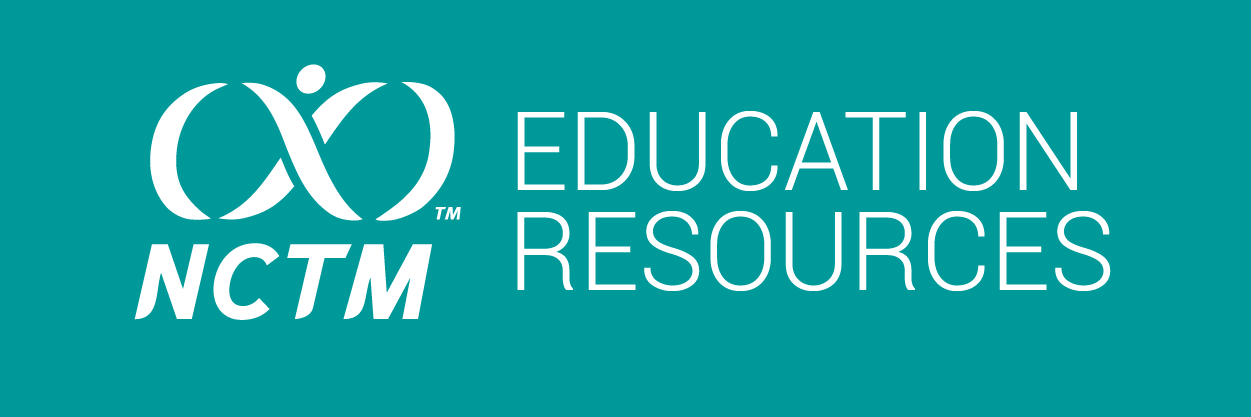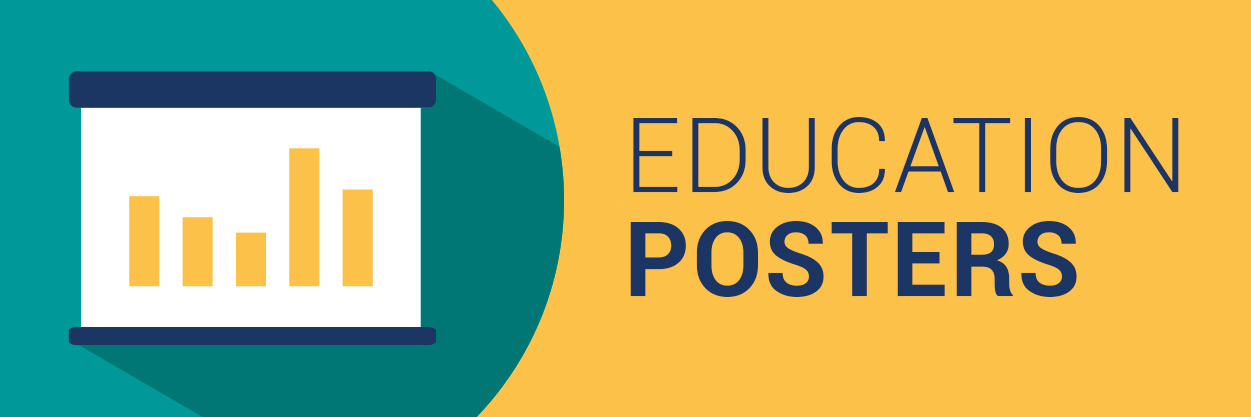Editor’s Note: Fall 2022

Welcome to the fall issue of Statistics Teacher. As you are at the beginning of a new academic school year, we are here at the American Statistical Association and National Council of Teachers of Mathematics to support you. We encourage you to browse our website for a wealth of peer-reviewed, open-source resources to guide and inform your teaching.
We also encourage you to attend our monthly teacher chats. The ASA offers free K–12 teacher meetups (via Zoom) for sharing resources and discussing K–12 statistics topics. Meetup topics have included the AP Statistics exam and statistics reading, assessment, applets, software resources, and lesson plans. View recordings or indicate interest in participating in future meetups and suggest topics or presenters. We wish for you an exciting school year with your students as you inspire them to become statistical thinkers.
This issue of Statistics Teacher features two articles that provide suggestions for helping students (and teachers) confront potential misconceptions in probability and statistics.
In “Predicting Election Results from Football Statistics (1936–2020): An Archival Analysis in a Real-World Example,” Kenneth Cramer uses football records to explore correlation and causation. In particular, he investigates a purported link between the result of the game played by the Washington Commanders immediately preceding a presidential election and the results of that election. This article could provide a fascinating springboard for students to explore situations in which covariation might be deemed causative with insufficient support for such a conclusion.
Biserka Kolarec explores a challenging misperception many of us have encountered. “Experiments of Two Coin Tosses” investigates the difficulties students experience when determining the probabilities for a simultaneous toss of two indistinguishable coins, in contrast with how students conceptualize tossing those coins in sequence or when the coins can be distinguished. Kolarec presents strategies for helping students solidify their understanding of what, to some students, is a counterintuitive result.
This issue also includes a lesson plan, titled “Exploring Fundamental Definitions with a Study of Fingerprint Types in the US,” that gives students hands-on experience with sampling variability at the beginning of a statistics course. Students simulate the process of sampling fingerprints from the US population by using 3D-printed paddles to sample beads from large containers. The lesson’s author, Megan Mocko, provides helpful tips for gathering these specialized supplies and facilitating the sampling process, as well as for helping students construct understanding of populations, parameters, samples, statistics, and randomness.
We are also pleased to share the new joint statement by the ASA and National Council of Teachers of Mathematics focused on the preparation and support teachers need to successfully support students’ learning of statistics and data science in the pre-K–12 curriculum. The Joint ASA-NCTM Position Statement on Preparing PK–12 Teachers of Statistics and Data Science is available for free download.
Please consider writing for Statistics Teacher. We welcome submissions focused on the teaching and learning of statistics at any level.
Sincerely,
Jessica Cohen
Statistics Teacher Article Editor
Western Washington University
Catherine Case
Statistics Teacher Lesson Plan Editor
University of Georgia
Christine Franklin
ASA K–12 Statistical Ambassador











